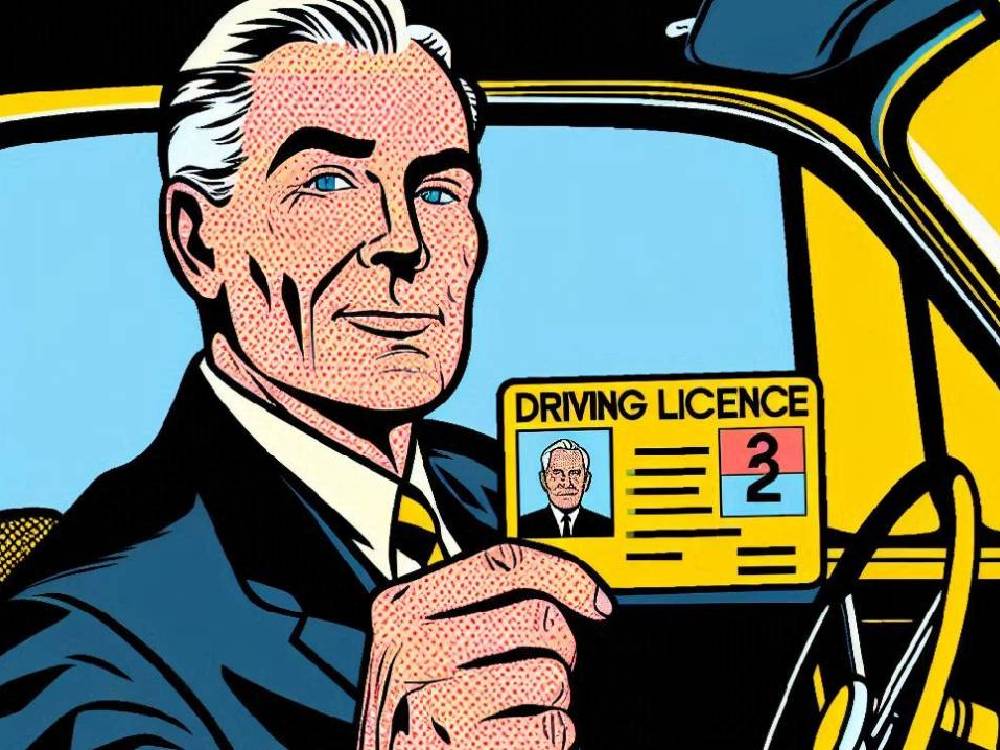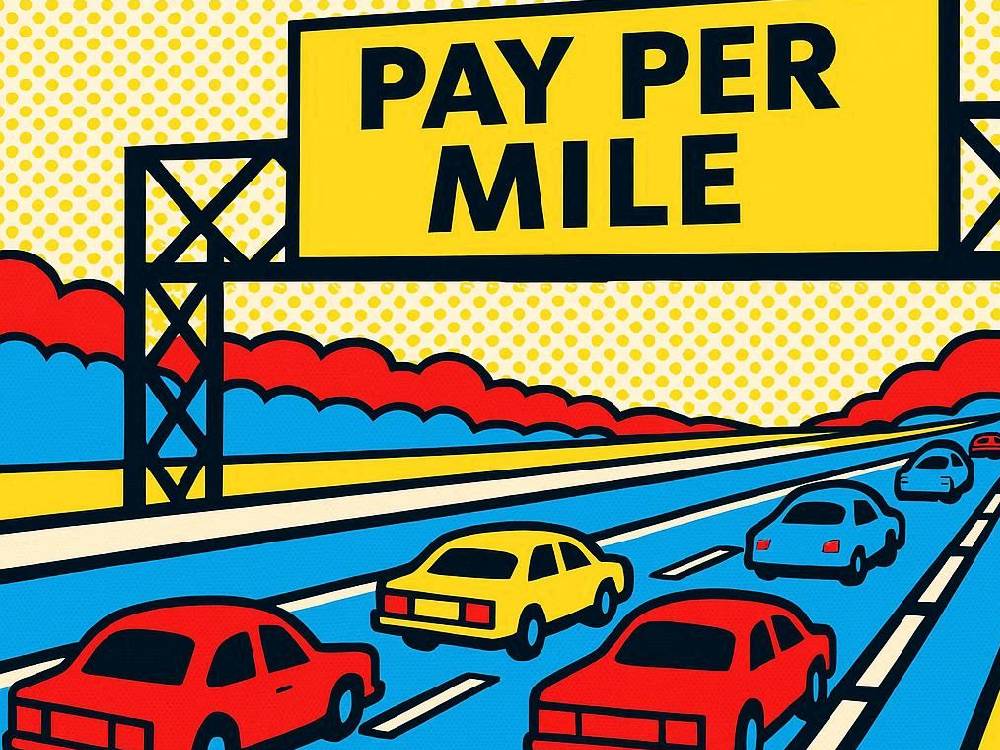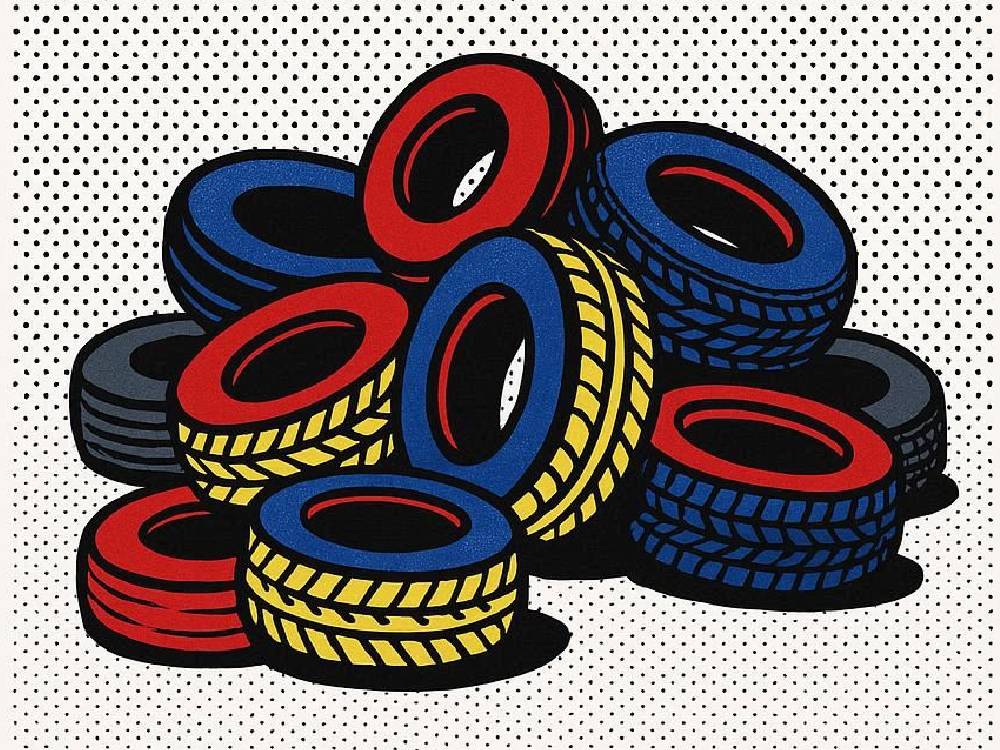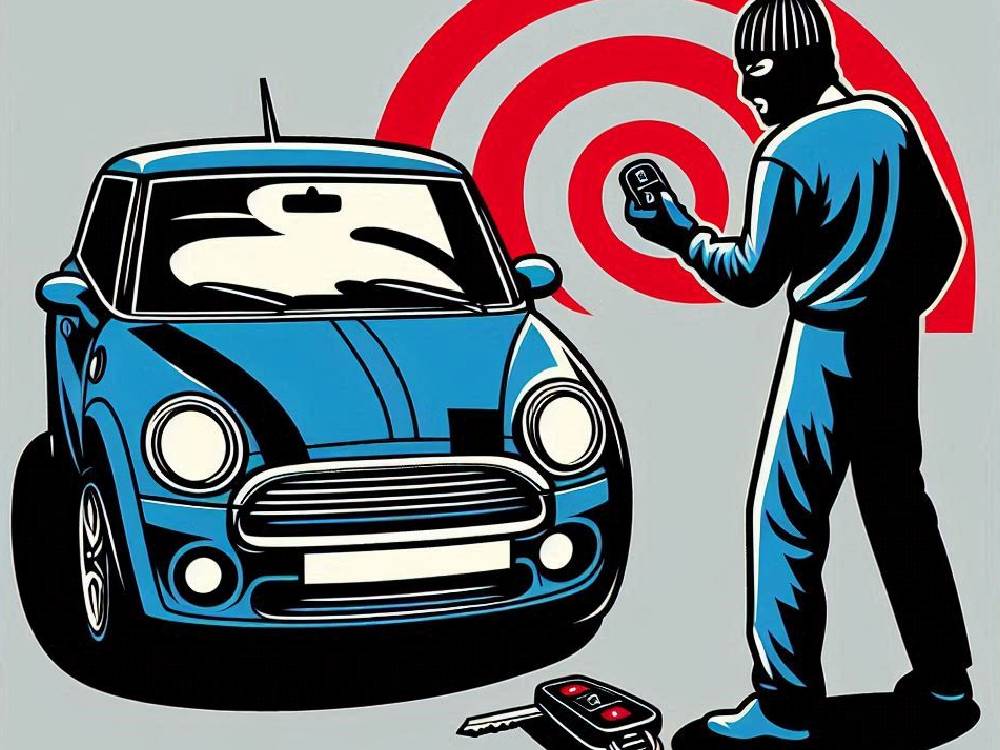Introduction
Car Insurance for Drivers Over 70.
Getting older shouldn’t mean unexpected roadblocks – yet thousands of UK motorists feel blindsided the moment they hit 70.
Because something huge happens at that milestone.
You quietly lose your C1 and D1 driving entitlements.
And although the change is automatic, the consequences can ripple straight into your car insurance, your freedom, and your wallet.
Now, here’s where it gets interesting.
Many older drivers believe the DVLA is “targeting” them —
while others argue it’s simply a misunderstood rule baked into the licensing system.
But is that the full story?
Let’s break it down clearly.
Why Are Drivers Over 70 Losing Licence Entitlements?
The moment you turn 70, something subtle but critical happens behind the scenes.
Your driving licence expires.
And therefore the C1 and D1 vehicle categories vanish unless you actively renew them.
Most people aren’t told this clearly.
So when they check their licence and spot missing entitlements, it feels like they’ve been quietly stripped of something they’ve always had.
Now, here’s the twist.
The DVLA states the rule exists for safety, not punishment.
But many shocked motorists say the timing — plus the silence around it — makes it feel like an intentional clampdown.
“Drivers should not assume entitlements continue after 70,” the DVLA has said.”
Still, perception matters.
And perception right now?
A lot of drivers see this as discrimination, not admin.
If you need a refresher on how car insurance works in general, you can explore the basics at CheapCarInsurance.co.uk.
What This Means For Car Insurance In The UK
Car Insurance for Drivers Over 70: Here’s where things get serious.
Your licence category directly affects your Car Insurance.
If you lose C1 or D1 entitlements, you also lose the legal ability to drive certain vans, minibuses, and larger vehicles.
That means your insurer must rate you differently — and sometimes restrict the cover you can get.
But the real threat sits beneath the surface.
If you unknowingly drive a vehicle you’re no longer licensed for, your insurance can become invalid.
This is where many drivers get caught out.
Because even the Cheapest Car Insurance in the UK won’t protect you if your licence doesn’t match the vehicle you’re driving.
You can read more about different policy types in the UK here:
Car Insurance Options
The Real Impact On Everyday Drivers
The removal of C1 and D1 entitlements isn’t “symbolic.”
It changes what you can legally drive — overnight.
Some drivers suddenly find they cannot operate a family motorhome.
Others discover their small business vehicle now requires an entitlement they no longer have.
And here’s the kicker.
Some of these vehicle types are insured differently.
Meaning older drivers may see prices rise not because of age — but because of lost categories.
That distinction matters.
Especially if you’re trying to secure Cheap Insurance UK policies at a time when costs already feel inflated.
The whole situation fuels the belief that the DVLA is narrowing the freedoms of older motorists under the radar.
Car Insurance for Drivers Over 70: Why Some Motorists Feel “Targeted”
This debate runs deeper than lost entitlements.
It’s emotional.
Turning 70 already comes with passport renewals, health checks, and other admin burdens.
Adding licence bureaucracy feels like another hurdle specifically aimed at older people.
But that’s not the whole picture.
Some drivers argue the Medical Declaration creates unnecessary stress.
Others say the renewal process is confusing or poorly explained.
Still, others simply don’t understand why they can drive a car forever —
but need to re-prove themselves to drive a medium-sized vehicle they’ve handled safely for 40 years.
Because of this, trust breaks down.
And once trust breaks down, people assume the worst:
That the DVLA is quietly restricting older drivers to reduce road use.
Is that true?
The DVLA says no.
But perception — again — drives the whole conversation.
How to Keep Your Car Insurance Valid Past Age 70
Let’s get practical.
You can keep every entitlement you want at 70 — but only if you renew correctly.
And the earlier you do it, the better.
Here’s the truth:
Many claims get rejected because the driver didn’t realise a category had expired.
So the first step is checking your licence thoroughly.
Then, renew any entitlements you still need.
And finally, review your Car Insurance policy.
Because even a single incorrect detail can cause your cover to collapse when you need it most.
For older drivers searching for affordable options, here’s a starting point:
Very Cheap Car Insurance
What Happens If You Drive Without The Correct Licence at 70+?
This is where the stakes suddenly jump.
Driving without the correct licence category is not a minor oversight — it is a legal breach.
And unfortunately, many drivers only discover this after something goes wrong.
Here’s where things escalate.
If you cause an accident while driving a vehicle you’re not licensed for, your insurer can refuse to pay out.
Yes, that means no cover for repairs, no protection for injuries, and no compensation for third-party damage.
And even worse?
You could face prosecution.
The combination of legal trouble and invalid insurance is the nightmare scenario most older drivers never see coming.
To avoid falling into this trap, it’s worth brushing up on the difference between comprehensive and third-party cover here:
Comprehensive vs Third Party
Now, you might wonder…
How do older drivers keep costs low while staying fully compliant?
Let’s unpack that.
How Older Drivers Can Still Get Cheap Car Insurance In The UK
Despite the challenges, drivers over 70 can still secure Cheap Car Insurance.
You simply need to lean into strategies insurers reward.
For example, reducing mileage can instantly lower premiums.
Choosing a smaller engine size also cuts costs.
And here’s something most drivers overlook.
Telematics policies — once seen as “only for young drivers” —
now offer significant savings for older motorists too.
Why?
Because telematics rewards smooth, predictable driving.
And older drivers often score extremely well.
Additionally, trimming unnecessary add-ons keeps things lean.
Breakdown cover, legal protection, courtesy cars — these all add up.
Therefore, reviewing your policy line-by-line is crucial.
If you want a quick starting point for specialist options, explore:
Over 50 Car Insurance
Now, let’s zoom out.
Why is this issue causing such a national stir in the first place?
The Wider Issue — Public Perception Of DVLA Fairness
On paper, the DVLA’s rules appear consistent and safety-focused.
But in reality?
Many older motorists believe the timing and structure of licence renewal puts them at a disadvantage.
Even so, others argue the rules are simply misunderstood.
Nevertheless, it’s clear the DVLA has a communication problem.
Because without transparency, rumours fill the gap.
As a result, debates spark on social media.
Forums fill with speculation.
And drivers feel anxious about losing freedoms they’ve held for decades.
Ultimately, the question becomes this:
Is this policy “targeting,” or just mismanaged messaging?
Regardless of the answer, older drivers need clarity — before the confusion costs them their cover.
Conclusion
The Bottom Line for Drivers Hitting 70
Reaching 70 should feel like a milestone — not a maze of hidden rules.
Yet the automatic loss of C1 and D1 entitlements catches thousands off-guard every year.
And because those categories affect your Car Insurance, the consequences reach deeper than many realise.
Therefore, the smartest move is simple.
Check your licence early.
Renew any needed entitlements.
And finally, review your Car Insurance policy with fresh eyes.
Because a small detail missed today could create major problems tomorrow.
For drivers wanting guidance on switching policies safely, this is a solid place to begin:
Switch Car Insurance
Staying informed keeps you protected.
And staying protected keeps you on the road — confidently, legally, and affordably.
If you’d like to explore similar topics, here’s where to go next.
These guides help you navigate UK driving rules, avoid costly mistakes, and secure the cheapest possible cover:
Young Drivers Tips,
Business Car Insurance — The Hidden Truths,
Is Breakdown Cover Worth It?.














